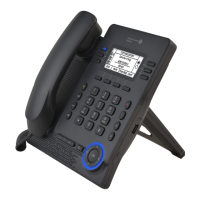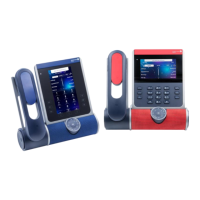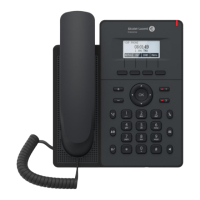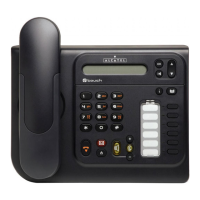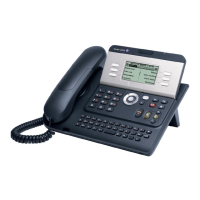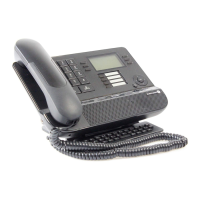Introduction
8AL90399ENAD ed01 4/141
1 Getting to know your telephone 7
1.1 ALE-500 Enterprise DeskPhone 7
1.2 ALE-400 Enterprise DeskPhone 10
1.3 ALE-300 Enterprise DeskPhone 12
1.4 Removable keys (ALE-400, ALE-300) 14
1.5 Compatible accessories 15
1.6 Unboxing 16
1.7 Smart Pad 17
1.8 Change the theme (skin) of your phone 21
1.9 Welcome screens 22
1.10 User local menu 25
1.11 Status icons/ Call icons 29
1.12 Permanent features keys 31
1.13 Alphanumeric keyboard (ALE-400, ALE-300) 32
1.14 Connectors 33
1.15 Audio encryption 34
2 Using your telephone 35
2.1 Identify the terminal you are on 35
2.2 Consulting the call log 35
2.3 Making a call 36
2.4 Receiving a call 37
2.5 Ignore the call 37
2.6 Switching between audio modes 38
2.7 Activating the loudspeaker during a conversation (handset lifted) - Group listening
feature 39
2.8 Making calls by name (company directory) 39
2.9 Make calls via your programmed call keys (Perso page/F1 and F2 keys/Add-on module) 40
2.10 Redialing 40
2.11 Callback requests 41
2.12 Call back an unanswered call 41
2.13 Requesting automatic callback if internal number is busy 42
2.14 Receiving interphony calls 43
2.15 Sending DTMF signals 43
2.16 Mute, so that your contact cannot hear you 44
2.17 Forwarding calls to your voice message service 44
2.18 Consulting your voice mailbox 45
2.19 Sending a text message to an internal contact 45
2.20 Consulting text messages 46
2.21 Lock / unlock your telephone 46
2.22 Placing a call on hold (hold) 47
2.23 Call parking 48
2.24 Making a second call during a conversation 48
2.25 Answering a second call during a conversation 49
2.26 Switching between calls (Broker call) 49
2.27 Transferring a call 50
2.28 Three-way conference with internal and/or external contacts (conference) 50
2.29 N-party conference 51
2.30 'Meet me' conference 51
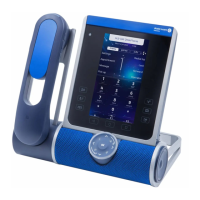
